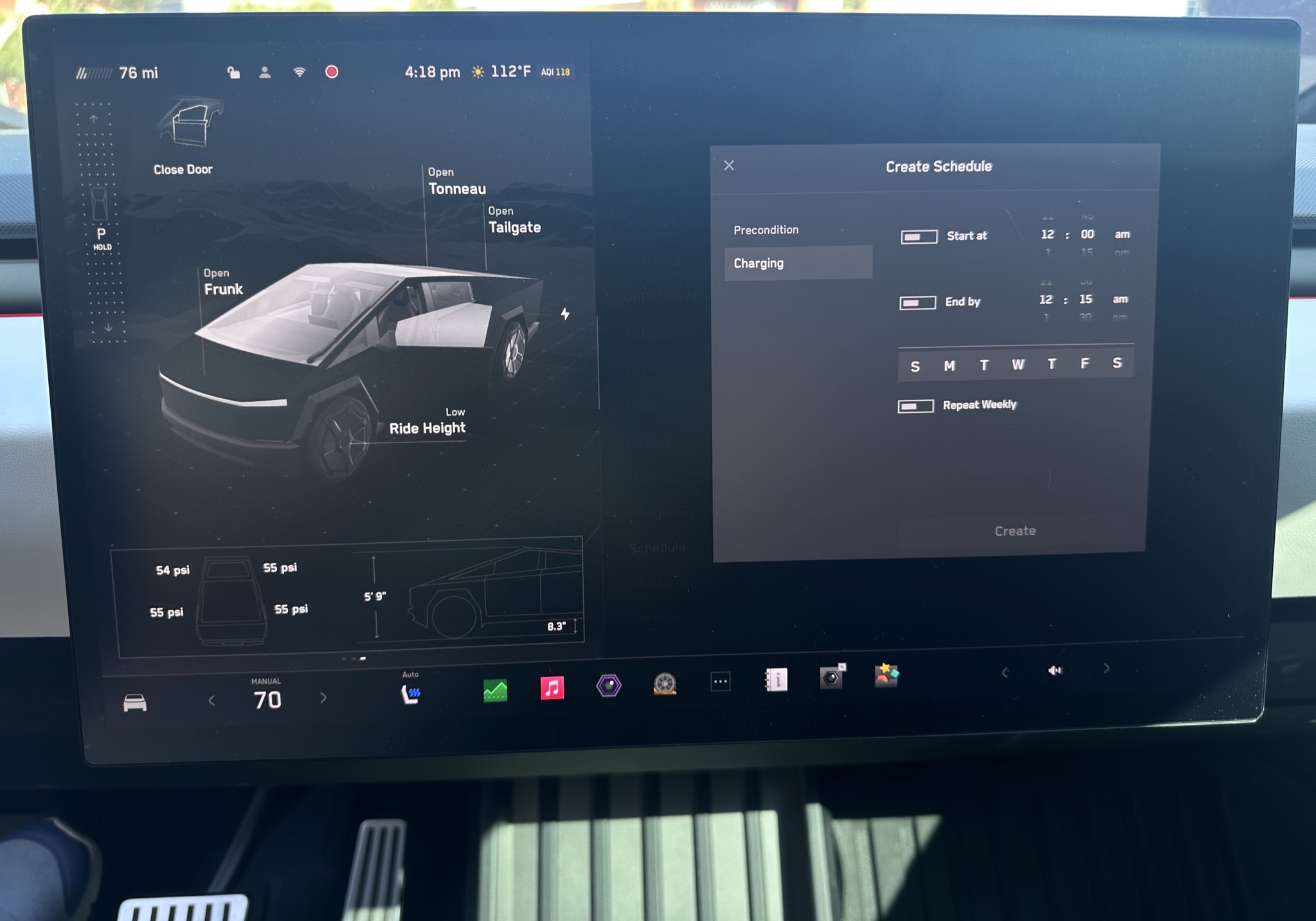Tesla owners have historically faced a trade-off between experiencing the latest self-driving advancements and enjoying a suite of in-car features. However, the recent “Summer Update” has temporarily reconciled this dichotomy. This software release, characterized by an abundance of new functionalities, represents a significant departure from Tesla’s typical incremental approach.
Beyond the highly publicized features like parental controls and navigation refinements, the update harbors a wealth of hidden capabilities. Owners have unearthed tools for precise vehicle management, including intelligent charging schedules and real-time weather integration. Moreover, the update has notably enhanced visual fidelity, particularly for vehicles equipped with Hardware 3 cameras.

This convergence of cutting-edge technology and user-centric features positions Tesla at the forefront of automotive software innovation, offering owners a taste of the future while simultaneously addressing practical needs. Tesla’s Summer Update ignited a complex response among owners.
While many lauded its new features, a substantial contingent hesitated to install it. The culprit was the inclusion of an outdated Full Self-Driving (FSD) version, V12.3.6. This conflicted directly with the rapid FSD development cycle, where owners on the cutting edge were already experiencing the refinements of V12.4 and anticipating the release of V12.5.

The fear of an FSD regression, combined with the potential inability to revert to a previous software version due to technical limitations, created a significant barrier to adoption. This delicate balance between new features and FSD progress put many owners in a challenging position.
However, a turning point arrived with the software update 2024.26.5. By seamlessly incorporating the latest FSD build, V12.5.1.2, Tesla resolved the previous dilemma.
This unprecedented alignment of software and FSD versions offered owners the opportunity to enjoy the Summer Update’s benefits without compromising on FSD advancements, effectively addressing the core concerns that had initially hindered widespread adoption.

